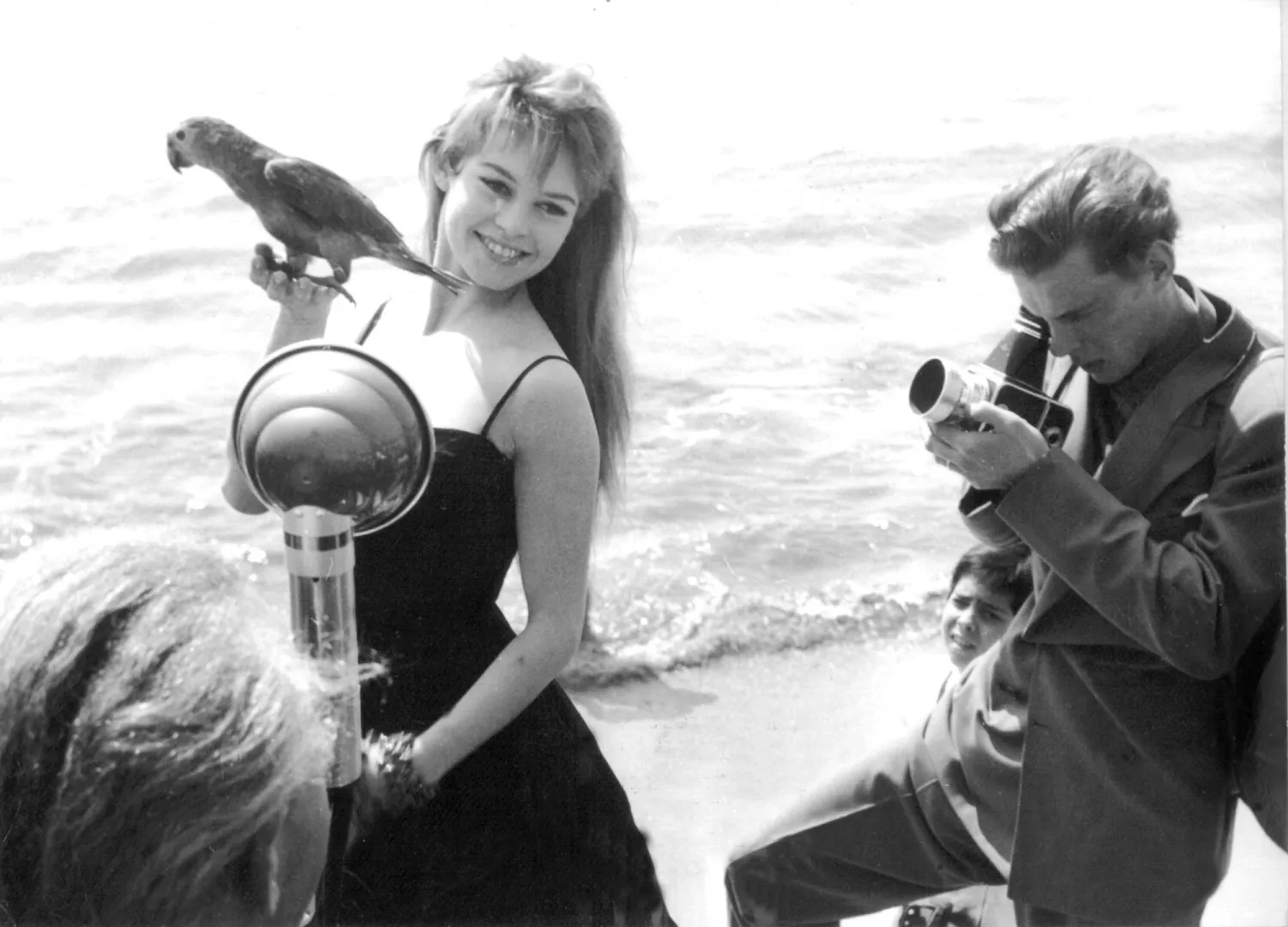Together, the collective age of the bride and groom was nearly 200. But World War II veteran Harold Terens and his sweetheart Jeanne Swerlin proved that love is eternal as they tied the knot Saturday inland of the D-Day beaches in Normandy, France.
Their respective ages — he’s 100, she’s a youngster of just 96 — made their nuptials an almost double-century celebration.
Terens called it ″the best day of my life.″
On her way into the nuptials, the bubbly bride-to-be said: “It’s not just for young people, love, you know? We get butterflies. And we get a little action, also.″
The location was the elegant stone-worked town hall of Carentan, a key initial D-Day objective that saw ferocious fighting after the June 6, 1944, Allied landings that helped rid Europe of Adolf Hitler’s tyranny, The AP reported.
Like other towns and villages across the Normandy coast where nearly 160,000 Allied troops came ashore under fire on five code-named beaches, it’s an effervescent hub of remembrance and celebration on the 80th anniversary of the deeds and sacrifices of young men and women that day, festooned with flags and bunting and with veterans feted like rockstars.
As the swing of Glenn Miller and other period tunes rang out on the streets, well-wishers — some in WWII-period clothes — were already lined up a good hour before the wedding, behind barriers outside the town hall, with a rousing pipe and drum band also on hand to serenade the happy couple.
After both declaring “oui” to vows read by Carentan's mayor in English, the couple exchanged rings.
"With this ring, I thee wed," Terens said.
She giggled and gasped, “Really?”
With Champagne flutes in hand, they waved through an open window to the adoring crowds outside.
“To everybody's good health. And to peace in the world and the preservation of democracy all over the world and the end of the war in Ukraine and Gaza,” Terens said as he and his new bride then clinked glasses and drank.
The crowd yelled “la mariée!” - the bride! — to Swerlin, who wore a long flowing dress of vibrant pink. Terens looked dapper in a light blue suit and matching pink kerchief in his breast pocket.
And they're expected to get a very special wedding-night party: They've been invited to the state dinner at the Elysee Palace on Saturday night with President Emmanuel Macron and US President Joe Biden, the mayor said.
The wedding was symbolic, not binding in law. Mayor Jean-Pierre Lhonneur's office said he wasn’t empowered to wed foreigners who weren’t residents of Carentan, and that the couple, who are both American, hadn’t requested legally binding vows. However, they could always complete those formalities back in Florida if they wished.
Lhonneur likes to say that Normandy is practically the 51st state of the USA, given its reverence and gratitude for the deeds and sacrifices of the tens of thousands of Allied soldiers who never made it home from the Battle of Normandy.
“Love is eternal, yes, maybe," the mayor said, referring to the newlyweds, although his comments also fittingly describe the feelings of many Normans for veterans.
“I hope for them the best happiness together.”
Dressed in a 1940s dress that belonged to her mother, Louise, and a red beret, 73-year-old Jane Ollier was among early-bird spectators who waited for a glimpse of the lovebirds.
“It’s so touching to get married at that age,'' she said. “If it can bring them happiness in the last years of their lives, that’s fantastic.”









